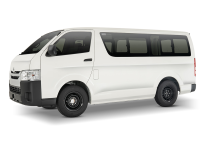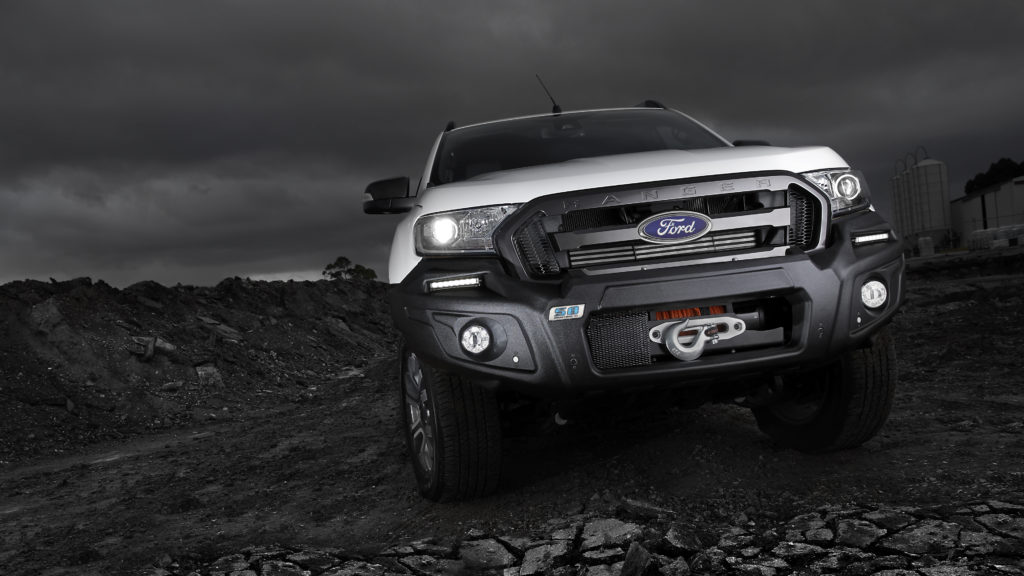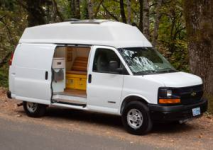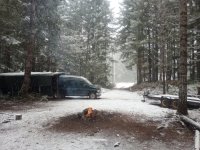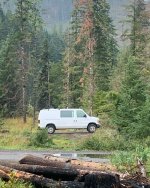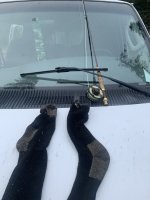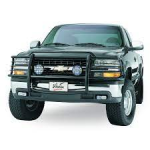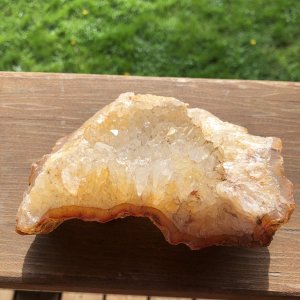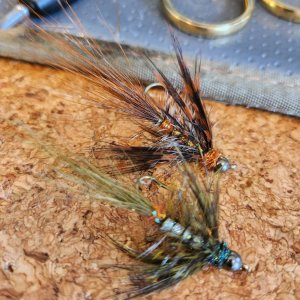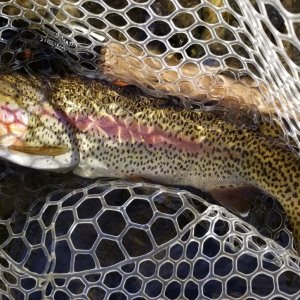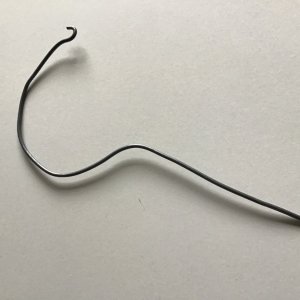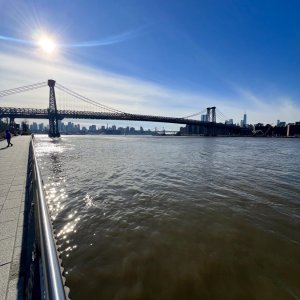I'm looking for suggestions on vans and limited van conversions.
I'm now about a month away from my retirements date (!) and thinking seriously about buying a van for limited conversion. I fell down a YouTube rabbit hole on conversion vans the other night, and saw lots of interesting examples and got enough 'how-to' to inspire me. Most of the people wanted something much more elaborate than my wants/needs, and none of them seemed primarily interested in a rolling base camp for fly fishing, wing foiling and skiing.
I want a comfortable bed with lots of storage space under it, a system to power some lights and my CPAP, and some seating space, - that's about it. Most 'living' will happen outside the van. (I might want to add a retracting canopy to the list).
Even though I'm not planning on off-roading or overlanding, I think that 4wd or AWD may be smart so I'm able to drive rough gravel roads. I will probably sell my current car once the conversion is done, so the van will become my primary vehicle. Because of this I don't think I'll want an extended body or tall version. I surely don't want something uncomfortable or difficult to drive around town. I'll want the ability to tow my raft, but since my 1.6L turbocharged Ford Escape does this I'm betting it won't be too much of a factor in the choice of van models.
I'm thinking of this mainly as a way that I won't have to sleep on the ground in a tent each night.
Has anyone else has done something similar? Do you think I go to the trouble of insulating it and installing a roof fan? What type of van would be best? Any sage advice?
I'm now about a month away from my retirements date (!) and thinking seriously about buying a van for limited conversion. I fell down a YouTube rabbit hole on conversion vans the other night, and saw lots of interesting examples and got enough 'how-to' to inspire me. Most of the people wanted something much more elaborate than my wants/needs, and none of them seemed primarily interested in a rolling base camp for fly fishing, wing foiling and skiing.
I want a comfortable bed with lots of storage space under it, a system to power some lights and my CPAP, and some seating space, - that's about it. Most 'living' will happen outside the van. (I might want to add a retracting canopy to the list).
Even though I'm not planning on off-roading or overlanding, I think that 4wd or AWD may be smart so I'm able to drive rough gravel roads. I will probably sell my current car once the conversion is done, so the van will become my primary vehicle. Because of this I don't think I'll want an extended body or tall version. I surely don't want something uncomfortable or difficult to drive around town. I'll want the ability to tow my raft, but since my 1.6L turbocharged Ford Escape does this I'm betting it won't be too much of a factor in the choice of van models.
I'm thinking of this mainly as a way that I won't have to sleep on the ground in a tent each night.
Has anyone else has done something similar? Do you think I go to the trouble of insulating it and installing a roof fan? What type of van would be best? Any sage advice?

